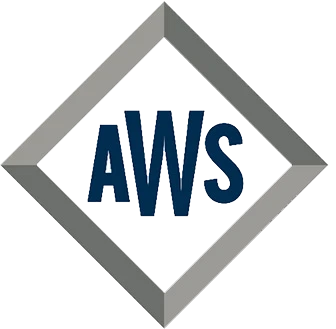CNC machining is a faster and more efficient manufacturing method. It provides rapid prototyping and automotive production.
Whether your manufacturing company has been in the market for a while or you’re starting only now, learning about technologies to enhance business and production operations is key to a successful business future.
Therefore, you probably have heard about CNC (Computer Numerical Control) machining. This technology is not as recent as you may think. Interesting engineering fact, the oldest machined tool was found in Italy and dates back to 700 B.C.
Generally speaking, CNC machining is a pre-programmed manufacturing process based on the subtractive method. This technology forms objects by cutting material and developing a precise shape.
Although CNC machining has a long history, currently, it’s one of the most transformative technologies in the manufacturing sector. It’s digitized and thereby can perform more efficiently compared with additive or formative manufacturing methods. The technology is often used for prototyping and further production of custom machined parts.
Some manufacturing companies build their own CNC machines, yet many hire additional service providers to ensure smooth integration. One of such examples is Waykenrm. The company delivers rapid prototyping, including product prototyping, injection molding, rapid manufacturing, and automotive production.
CNC machining materials
CNC machining services such as Waykenrm use various materials for object production. Materials you choose, play a significant role in the designing process. You have to consider the material’s hardness, temperature and chemical resistance, and strength. The most common choices are metal and plastic.
Metal parts – regarding their resistance and strength, metal parts are the most popular manufacturing material. Metal is more versatile and durable than plastic and can be utilized from prototyping custom parts to crafting batch production. The most used metal is aluminum due to lightweight and durability. It also distinguishes with a better electrical and thermal conductivity than other metals.
Plastic parts – plastic can be an optimal choice for various production types. It has the advantage of lightweight, electrical insulation, and high resistance. Yet it’s mainly used for prototyping due to lower costs and because the element is not as sturdy. The most used plastics are ABS, polycarbonate, and nylon.
CNC machine types
Although CNC machines can vary, most industrially used are 3-axis and 5-axis CNC milling. CNC milling services often use the first type as it’s easier to navigate, and it costs less than the 5-axis.
3-axis CNC machining works by removing material from the main object using cutting tools at high speed. It’s a less flexible method used with CNC milling and turning techniques. With 3-axis, you can produce commonly used products and shapes without much expertise in the field. However, this type is not as precise as the 5-axis.
5-axis CNC milling parts differentiate as more precise and detail-oriented. This type doesn’t involve as much manual work and can produce parts that are different from the main axes. Yet these types of machines are more expensive.
Regardless of which type you are using for your manufacturing business, CNC machining is taking the industry by storm. The versatile and digitized nature of these machines brings producing to the next level.
CNC machining – the future of manufacturing
Modernization is the central part of the Fourth Industrial Revolution, so it would be difficult to find at least one industry that hasn’t changed in the last decade. Manufacturing isn’t an exception, and one of the most significant shifts was CNC machining implementation. It made the production process more efficient and flexible, but that’s not all. Here are some changes that make CNC machining the future of manufacturing.
4 Ways CNC Machining is enhancing manufacturing
1. Convenience
CNC machines eliminate manual work, thereby saving time and making production processes more efficient. Automated performance is faster than human-led work. Digitized manufacturing also helps to reduce human error and can operate regardless of the day of the week.
Many employers face concerns from their teams that machines will replace them. You can relax because CNC machines won’t replace your team but will empower your workforce and make their work more enjoyable.
2. Prototype machining
Prototyping is essential in the manufacturing sector. It helps to avoid mistakes later on in the production process and to understand the product better. However, many businesses skip the prototyping part or don’t invest enough time in it because it’s time-consuming and expensive.
CNC machining makes prototyping more affordable and easier to attain. Now, manufacturers can make mock-ups and have a better idea of the further steps in the process. The new technology navigates through manufacturing and allows developing more comprehensive designs
3. Sustainability
CNC machining drives sustainability in different ways. The technology doesn’t require much of additional materials and thereby doesn’t leave as much waste. It also has fewer chances of making mistakes, which saves from throwing materials and parts away and wasting precious production time.
On top of that, CNC machining doesn’t need many additional parts like separate drills or sanders, because it has everything incorporated in the main body.
4. Fewer processes
Computers and software are the main parts of monitoring a CNC machine. CAD model preprograms desired projects and uploads information directly to the device. Another benefit of such technology is that it can perform almost all producing steps by itself, eliminating the need for additional tools and machines, or manual work.
Implementing digitization is crucial to succeeding in today’s world. It does not only make your company stand out from competitors but also accelerates business operations and workforce performance. So, find what works for your company and bring manufacturing processes to the next level with CNC machining.






